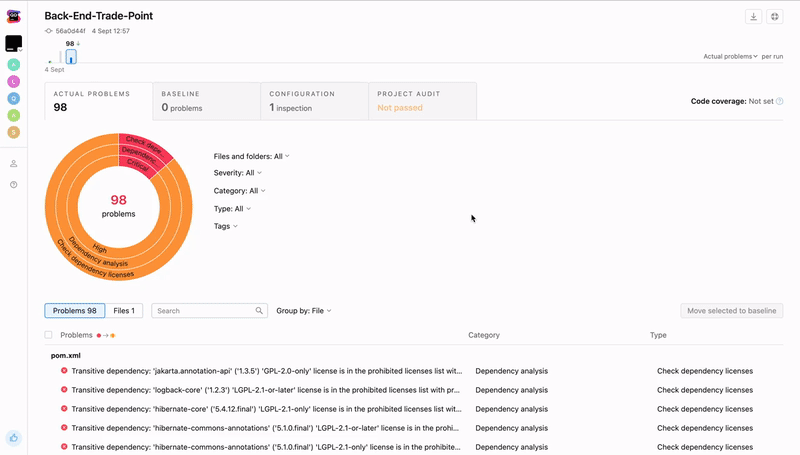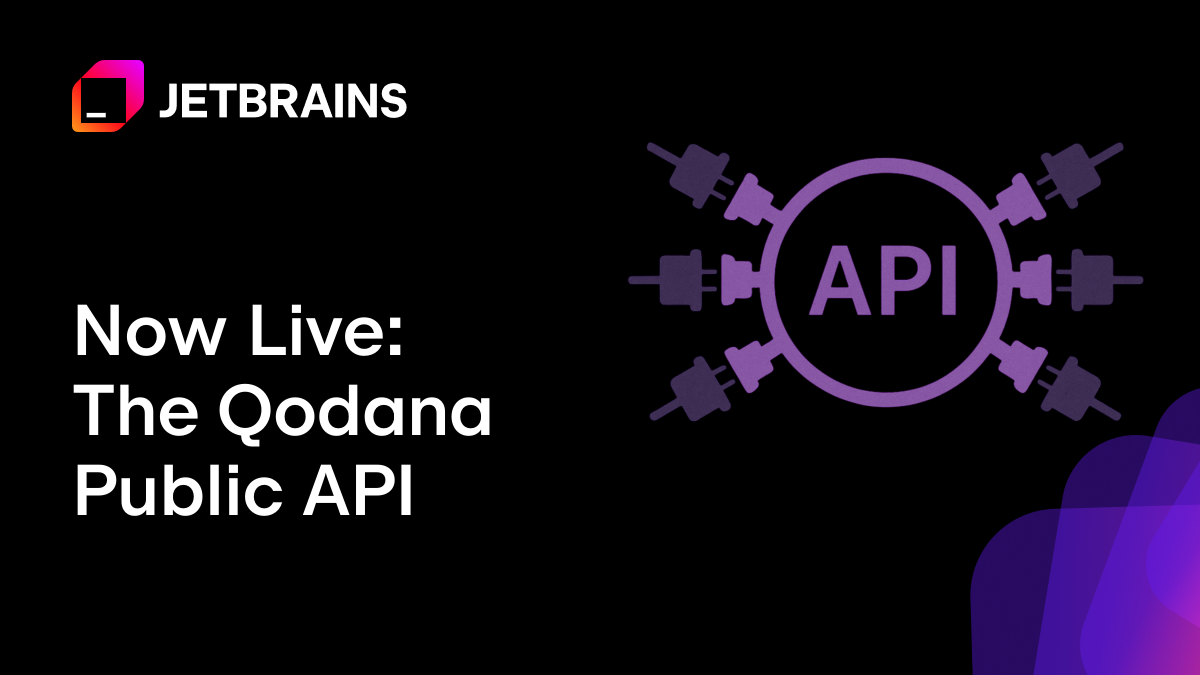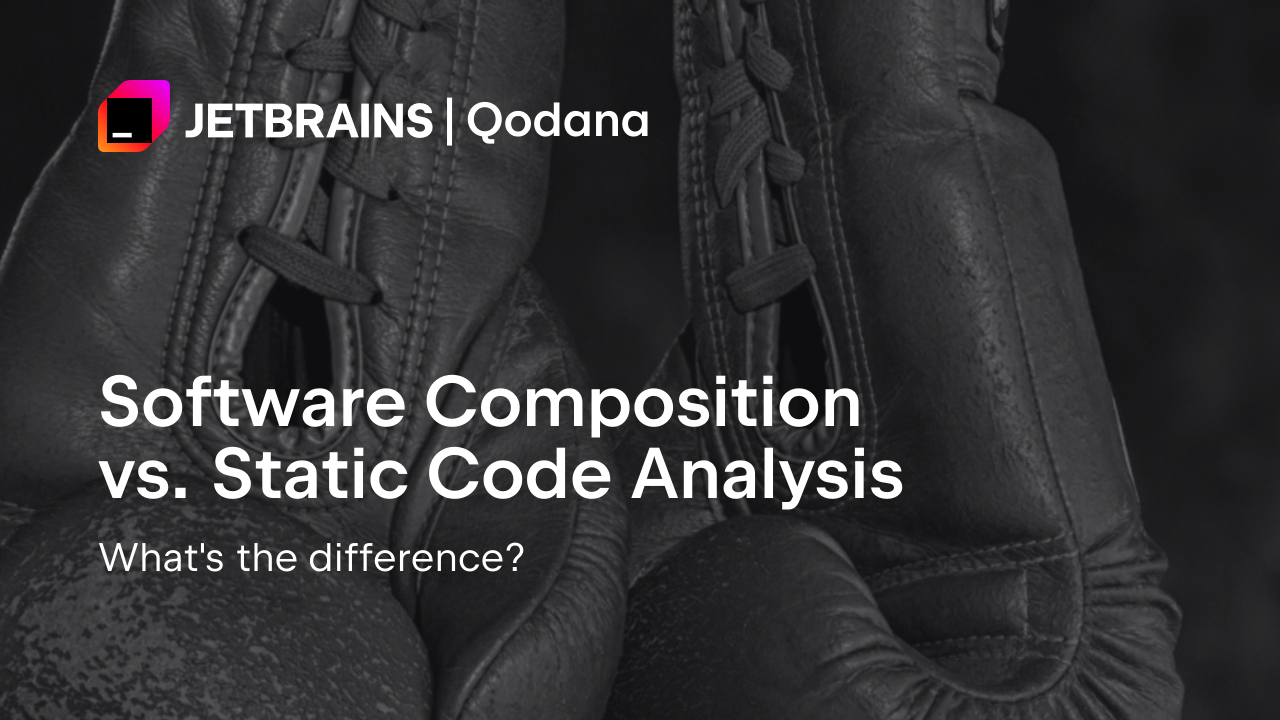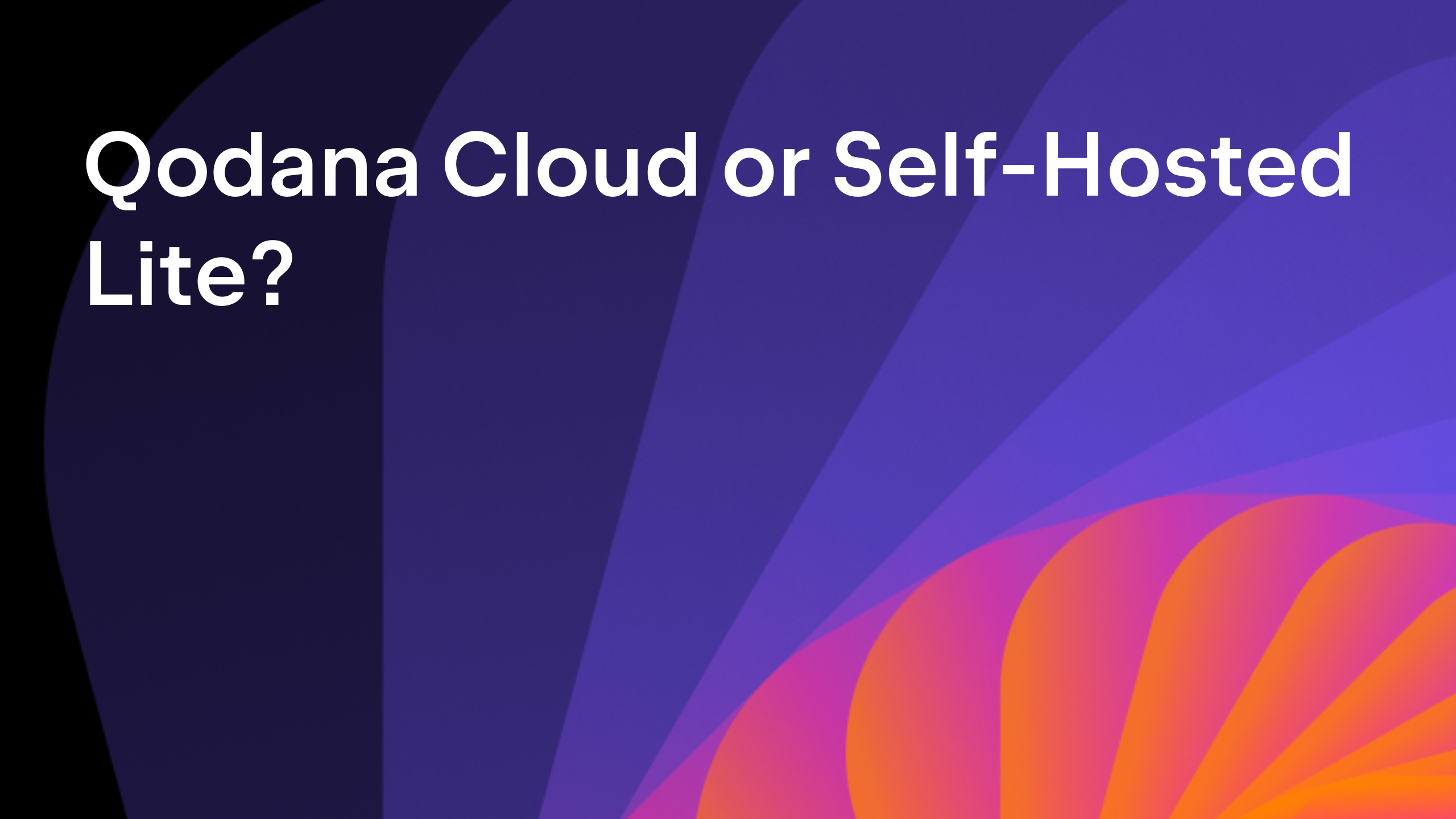Qodana
The code quality platform for teams
The Best Software Composition Analysis Tools for Modern Development

Table of Contents
Applications often rely heavily on open‑source libraries and third‑party dependencies, in which case managing risks in your supply chain is essential. That’s where Software Composition Analysis (SCA) tools come in. They help teams identify vulnerabilities, license issues, and malicious packages within dependencies.
Yet not all SCA tools are created equal: some are best at deep vulnerability intelligence, others integrate tightly into developer workflows. In this article, we’ll explore the best software composition analysis tools available today, highlighting their strengths, trade‑offs, and ideal use cases.
We’ll also look at how SCA and static code analysis can work together to improve overall code quality in your organization.
Qodana and Mend.io: SCA inside your JetBrains workflow

Special mention: Most SCA tools require extra integrations and context switching. With Qodana, we’re not strictly an SCA tool and are therefore taking a different approach. Through our partnership with Mend.io, we bring some software composition analysis directly into JetBrains IDEs and CI pipelines. Start with learning about our security vulnerability checker.
| Strengths | Potential weaknesses |
| Powered by Mend.io, which is trusted by companies like Microsoft, Google and Comcast and helps support security vulnerability detection widely within the JetBrains ecosystem. | Focused on certain ecosystems (NPM – Node Package Manager, PyPI, with others expanding). |
| Malicious package detection for NPM and PyPI dependencies. | Best suited for teams already using JetBrains tools, although functionality is available for all CI/CD pipelines and the majority of popular IDEs like IntelliJ-IDEA (and all JetBrains IDEs) as well as VSCode, Virtual Studio, etc. |
| Issues appear directly in the IDE Problems tab or in CI/CD pipelines. | |
| Combines static code analysis (SAST) with some SCA for a single source of truth, reducing friction and offering consolidated security insights. |

1. Mend.io on its own
Mend.io (formerly WhiteSource) is one of the most recognized names in SCA. It provides deep visibility into vulnerabilities and license risks across dependencies.
| Strengths | Potential weaknesses |
| Comprehensive vulnerability database with real‑time updates | Can be complex to set up for smaller teams. |
| Rich license compliance management features | Interface and reporting are geared toward enterprise users. |
| Policy enforcement for automatic approval or rejection of dependencies | |
| Broad ecosystem support (NPM, Maven, PyPI, NuGet, etc.) |
Mend.io is best for: large enterprises that need mature AppSec programs, strong compliance, and automated governance.
2. Snyk

Snyk combines developer‑first usability with strong SCA functionality. It integrates tightly into repositories, CI/CD pipelines, and developer workflows.
| Strengths | Potential weaknesses |
| Simple onboarding and great developer experience. | Premium features (like advanced reporting) require higher‑tier plans. |
| Continuous monitoring of projects in GitHub, GitLab, Bitbucket. | May require cultural adoption for security and development teams to align. |
| Broad ecosystem support for languages and package managers. | |
| Integration with container and IaC scanning. |
Snyk is best for startups and mid‑sized companies seeking fast adoption, developer‑friendly tools, and multi‑ecosystem coverage.
3. OWASP Dependency‑Check

As an open‑source option, OWASP Dependency‑Check provides basic SCA functionality without vendor lock‑in.
| Strengths | Potential weaknesses |
| Free and community‑driven | Limited license compliance capabilities |
| Straightforward integration into CI/CD pipelines | Smaller vulnerability database and slower updates |
| Good for standard vulnerability detection | Requires manual setup and maintenance |
The dependancy checker is best for small teams, open‑source projects, or those experimenting with SCA before adopting a commercial tool. See also this post on the OWASP Top Ten if you’re interested in threats to watch out for.
4. Black Duck by Synopsys

Black Duck is one of the oldest players in the SCA space, known for its comprehensive database and compliance capabilities.
| Strengths | Potential weaknesses |
| Deep vulnerability intelligence via the Black Duck KnowledgeBase | Complex and heavyweight compared to newer tools |
| Enterprise‑grade license compliance management | Less developer‑friendly UI than alternatives |
| Strong policy management for governance at scale |
Black Duck is best for enterprises in highly regulated industries where compliance and governance are especially important.
5. FOSSA

FOSSA focuses on automation and developer experience, with strong license compliance tracking.
| Strengths | potential weaknesses |
| Automated policy enforcement and reporting | Smaller vulnerability database compared to Mend or Snyk |
| Strong license compliance monitoring | May require pairing with another tool for full security coverage |
| Easy integrations with CI/CD pipelines and repos |
FOSSA is best for teams prioritizing license compliance and automation over deep vulnerability scanning.
How SCA and static code analysis work together
SCA tools analyze third‑party dependencies, while static code analysis (SAST) tools like Qodana analyze your own source code. Together, they:
- Catch both dependency risks and in‑house code issues.
- Improve developer experience by surfacing issues early.
- Reduce compliance and security risks across the whole codebase.
When integrated into IDEs and CI/CD pipelines, these tools shift security left, making it easier for developers to address issues before they become costly problems.
Qodana is more of a SAST tool but does have some SCA capabilities

Choosing the best software composition analysis tools for your team depends on your team’s size, industry, and workflows. Enterprises may gravitate toward Black Duck or Mend.io for compliance, while smaller teams might prefer Snyk or FOSSA for their ease of use. Open‑source projects can start with OWASP Dependency‑Check.
For JetBrains users and teams, Qodana stands out by embedding Mend.io’s SCA capabilities directly into IDEs and pipelines, while also offering powerful static code analysis. That combination makes it one of the most efficient ways to improve both code quality and supply chain security with minimal friction.
Subscribe to Qodana Blog updates





